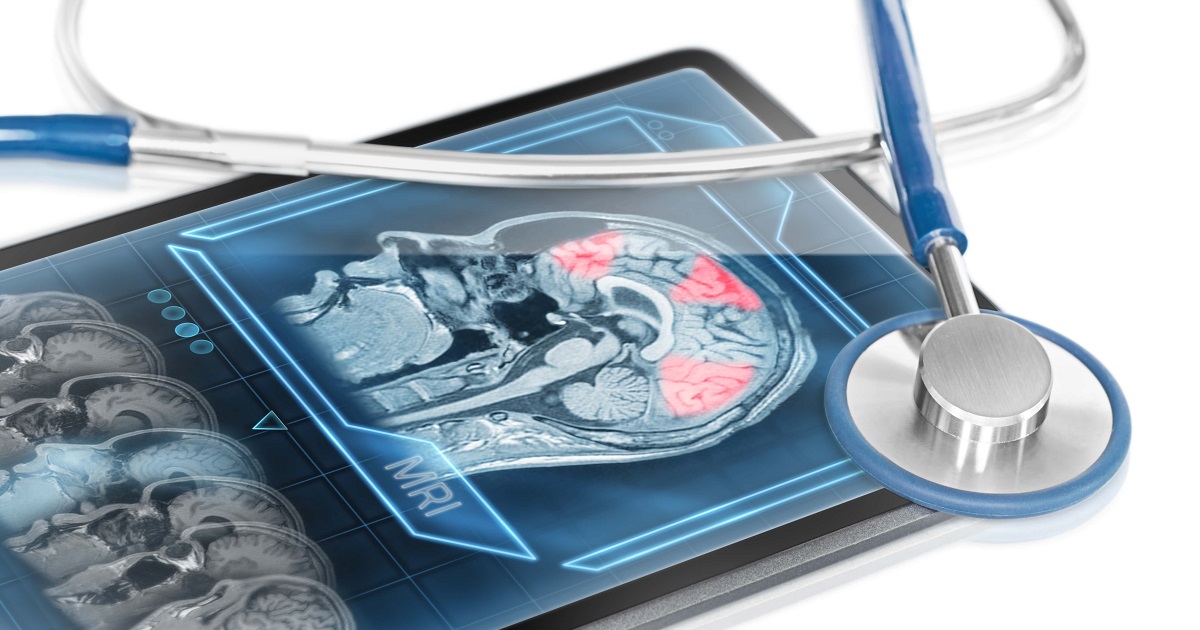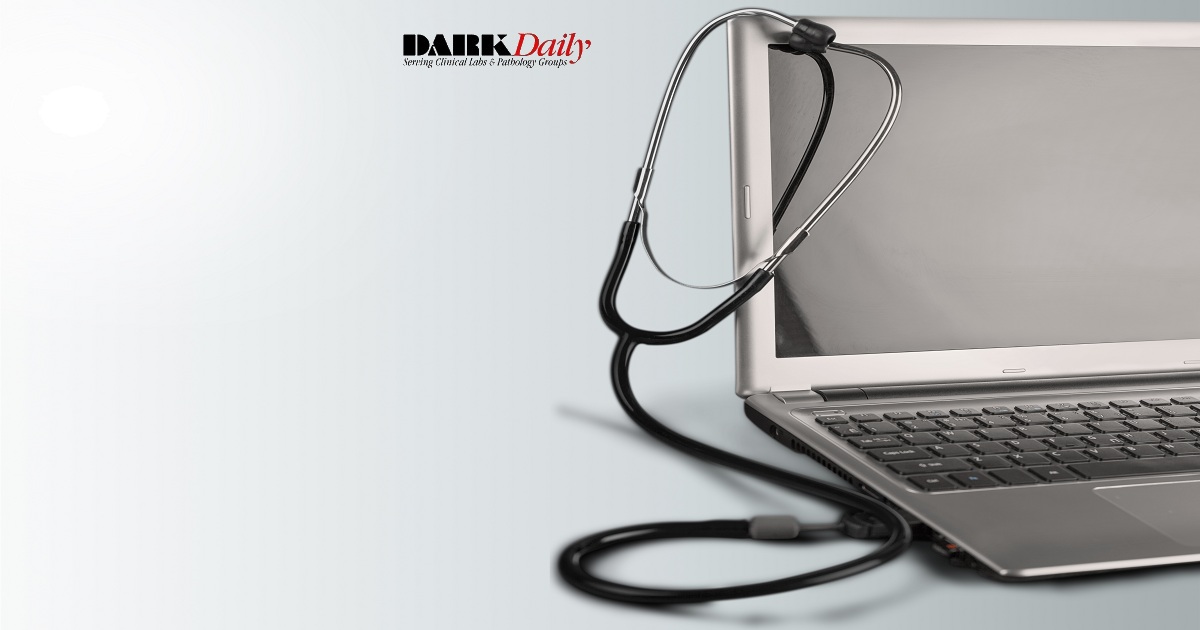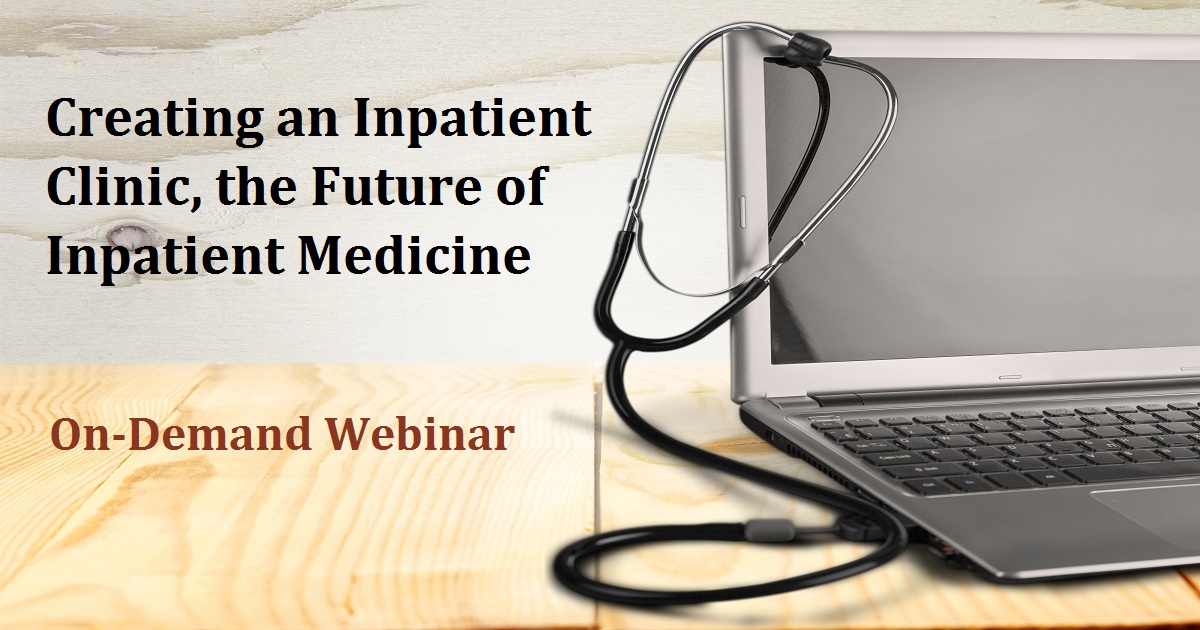
Dr. Ileana Hanganu-Opatz begins with a brief introduction to the Institute for Developmental Neurophysiology and its main focus: the investigation of the origin and significance of oscillatory brain activity during postnatal development in mice.
Watch Now

darkdaily
As written, however, EKRA is far more expansive with its broad language enabling the federal government to monitor provider arrangements intended to generate business for any laboratory services, not just those related to individuals in treatment for substance abuse disorders, payable by a FHCP or commercial health insurer.
Watch Now

HIMSS Media
Phoenix VA Health Care System has implemented the "computer on wheels" approach to take the office and workflow back to the bedside. By doing this, they completed rounds, charting, and discharges at the bedside and were able to predict when they would be at the bedside, creating "appointments" for nursing, ancillary services, and family to know when staff would be present.
Watch Now

HIMSS Media
With the surge in EMR usage, keyboards and PCs are used widely in clinical care settings. But unlike medical equipment and high-touch environmental surfaces, these IT devices are rarely subject to infection prevention standards. Studies have demonstrated that over 80% of these devices might have significant microbial contamination which may include nosocomial pathogens like vancomycin-resistant Enterococcus species (VRE). Coupled with low (40%) compliance with the CDC's guidelines on hand hygiene, these ubiquitous computers and keyboards can lead to cross-contamination of patients.
Watch Now